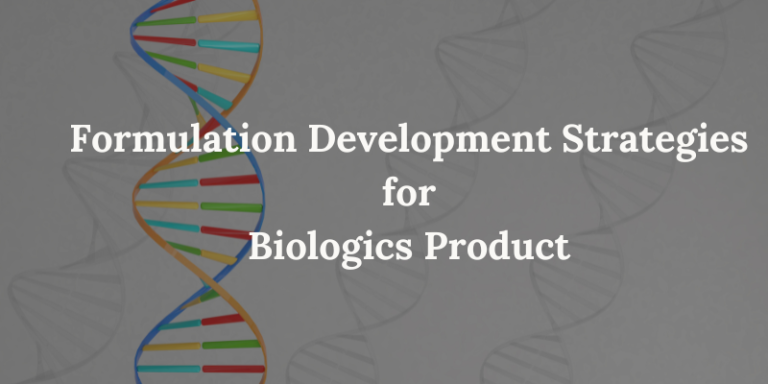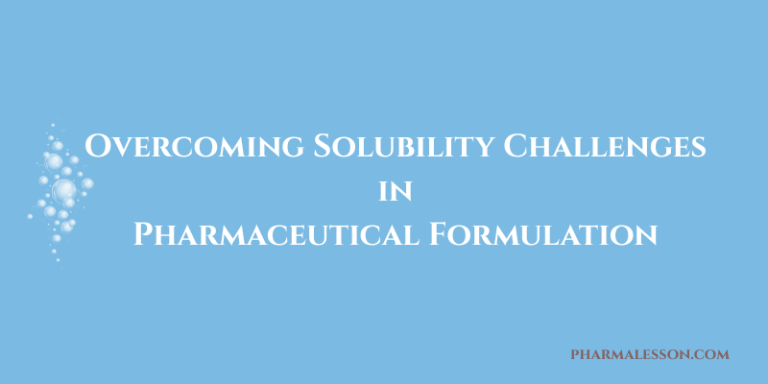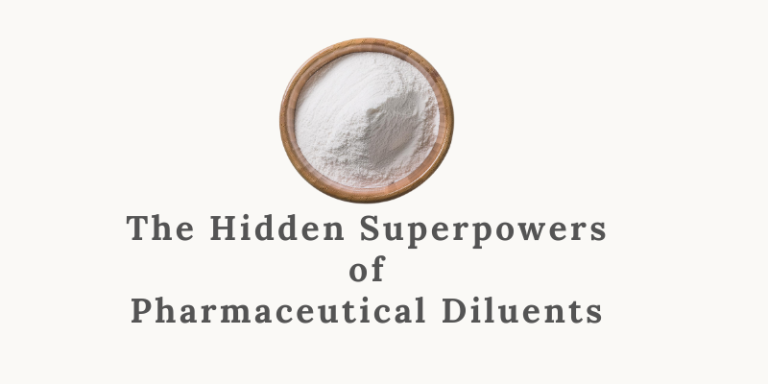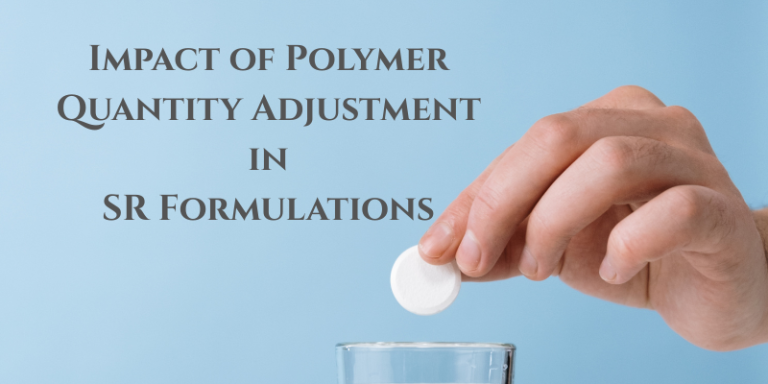Developing the Formula | Laying the Scientific Foundation
Once regulatory direction is clear, the next step is formulation development—the heart of generic product success.
But remember, formulation is not just about blending ingredients. It’s a strategic and scientific process. The goal is not only to match the innovator product (RLD), but to ensure your formulation is bioequivalent, manufacturable, stable, and regulatory compliant.
Here’s how we approach it step-by-step:
1. Study the RLD Thoroughly
Your journey begins with the Reference Listed Drug (RLD). Study its:
- Label claim
- Dosage form
- Dissolution profile
- Packaging and insert
This is your benchmark. Without this comparison, your development has no direction.
2. Understand the API
The active pharmaceutical ingredient (API) is not just a chemical—it’s the core of your product.
- Check its particle size, shape, and bulk density
- Know its solubility, hygroscopicity, and polymorphic forms
- Study its impurity profile and degradation potential
These attributes impact flow, blend uniformity, dissolution, and even stability.
3. Select Functional Excipients
Choose excipients with purpose—not just availability.
- Pick only those listed in the FDA Inactive Ingredient Guide (IIG) for oral use
- Use grades that are commonly used in the US or EU
- Ensure long-term supply and batch-to-batch consistency
Excipient variability is a hidden risk. Be proactive.
4. Match the Container-Closure System
It’s not just about tablets—it’s about how they’re stored and presented.
- Use containers similar to the RLD (e.g., blister, bottle, foil)
- Ensure protection from light, moisture, and air
- Evaluate compatibility and stability under real-world conditions
Packaging matters in stability and regulatory acceptance.
5. Compare Dissolution at Every Stage
At each batch—pilot, PQ, pivotal—compare your formulation with RLD:
- Use multipoint dissolution profiles (e.g., 5, 10, 15, 20, 30 min)
- Aim for f2 similarity ≥ 50
- Challenge with different pH media if needed
This becomes a strong data point for biowaivers in multiple strengths.
6. Optimize the Manufacturing Process
Don’t just formulate—engineer the process.
- Blend time, compression force, granulation parameters, lubrication sequence—all need control
- Run design of experiments (DoE) if needed
- Identify critical process parameters (CPPs) and link them to product quality attributes
This ensures that your batch performs consistently across scale-up.
7. Document Every Step with Discipline
Maintain well-organized development notebooks:
- Record every trial, result, failure, and learning
- Get approvals and review regularly
- Link formulation decisions to test results
Good documentation is not for the file—it’s for the FDA inspector during the PAI.
Final Thought
A good formulation is not one that just works in the lab. It is one that:
- Is easy to manufacture
- Passes stability
- Matches the RLD in performance
- Can be reproduced at commercial scale
Read also:
Resource Person: Moinuddin syed. Ph.D, PMP®







